Search Images
Browse Content (p. 1653)
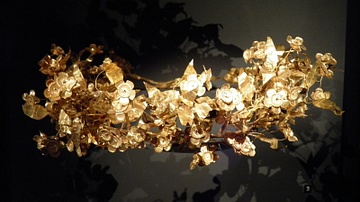
Image
Gold Myrtle Wreath
Gold myrtle wreath from Macedonia, 4th century BCE. A religious symbol, also indicating social position, it was worn at public appearances, religious ceremonies and symposia, and accompanied its owner to the grave. Archaeological Museum...
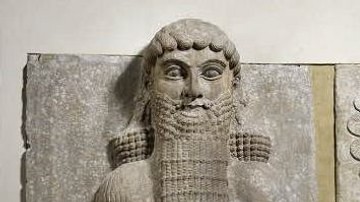
Image
Hero Overpowering a Lion
The Hero Overpowering a Lion, gypseous alabaster high relief with traces of paint from Khorsabad (Dur Sharrukin), facade N of the throne room of the palace of Sargon II, Assyria (Iraq). Neo-Assyrian Empire, reign of Sargon II, 721-705 BCE...
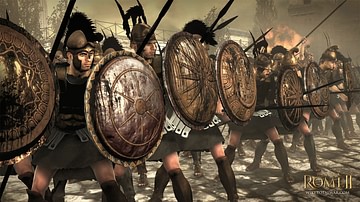
Image
Greek Phalanx
A scene depicting the Greek phalanx composed of heavily armed hoplite warriors.

Image
Roman Naval Warfare
A scene depicting Roman naval ships in battle.
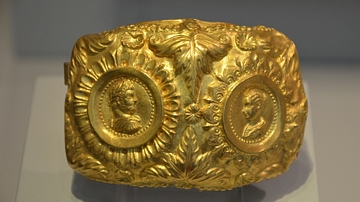
Image
Gold armband with emperor Caracalla and empress Plautilla
Gold armband with coins of Caracalla and his wife Plautilla, 202–205 CE. (Altes Museum, Berlin)

Image
Roman oil lamp with erotic scene
Roman oil lamp with erotic motif, 1st - 3rd century CE. (Altes Museum, Berlin)
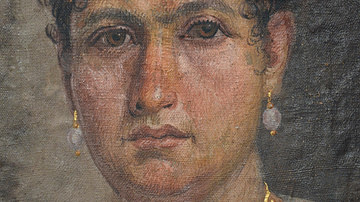
Image
Mummy Portrait of Lady Aline
Mummy portrait of Lady Aline, from Hawara, Egypt, c. 24 CE. Neues Museum, Berlin. The Tomb of Aline is an ancient Egyptian grave from the time of Roman emperor Tiberius (r. 14-37 CE), excavated at Hawara in 1892. The portrait is painted...

Image
Trivulzio Diatreta Cup
The so-called Trivulzio Diatreta Cup, a 4th century CE luxury glass cup consisting of an inner beaker and an outer cage of decoration with circular geometrical patterns. Around the surface runs an inscription in Latin "BIBE VIVAS MULTIS ANNIS"...
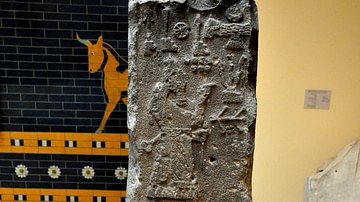
Image
Stela of the Assyrian King Adad Nirari III
Stela of Adad Nirari III, erected by one of the king's local governors, Nergal-Eres, found in Saba, Neo-Assyrian Empire, 810-783 BCE. The stela features the Assyrian King Adad Nirari III praying in front of god symbols, and the inscriptions...
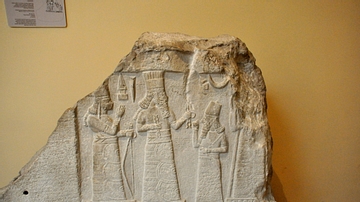
Image
Shamsh-res-usur Stele
Shamsh-res-usur was a local governor of Mari and Suhi. The stele tells us that this governor reigned for 13 years. During this period, he re-built the city of Gabarri-Ibni, established irrigation canals, and encouraged the planting of date...